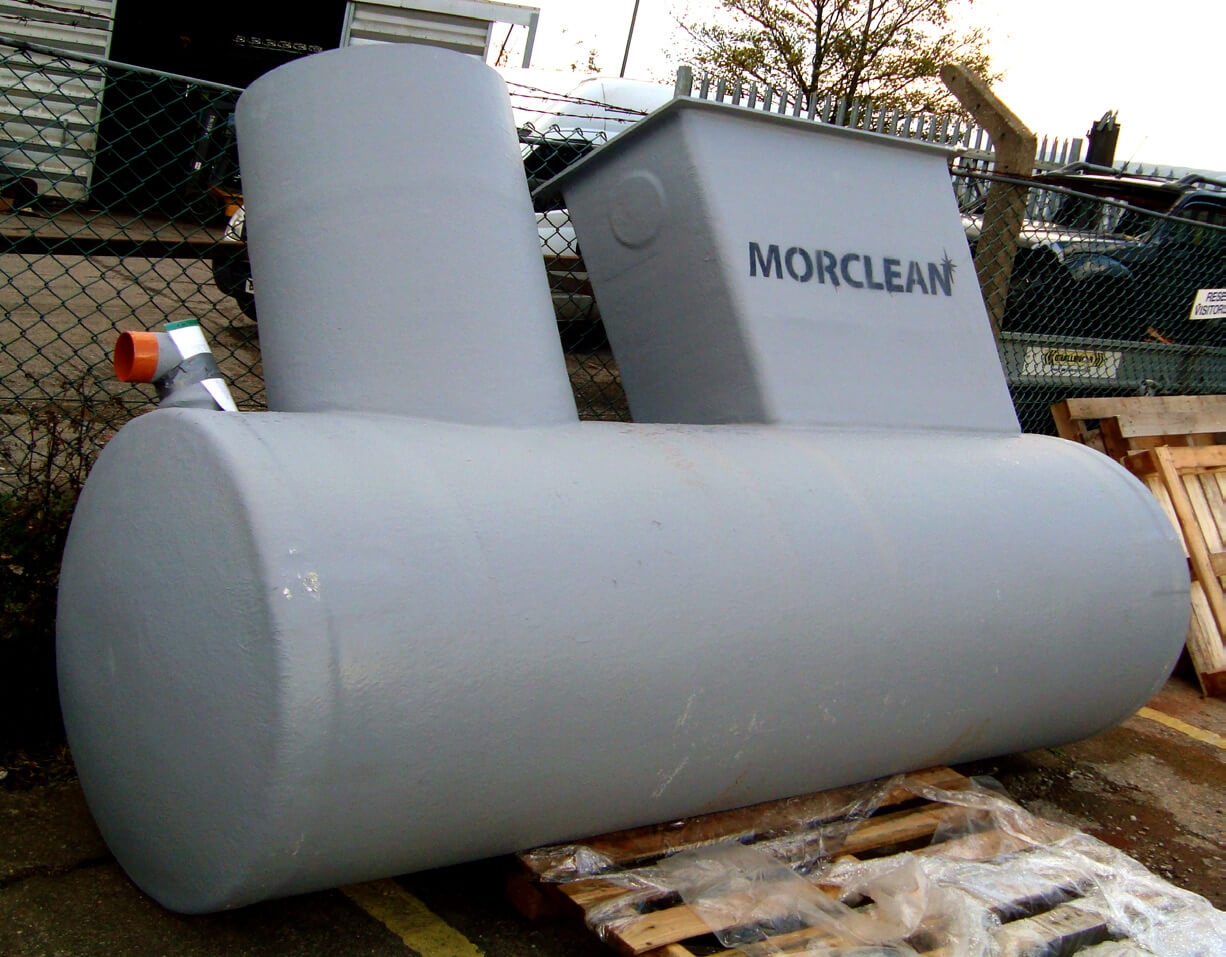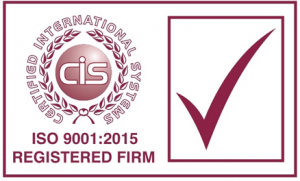Combined washbay lite – silt trap and interceptor
The Combined washbay lite is a combination wash bay interceptor and sump and silt trap, ideal for smaller car wash sites. The galvanised grating provides a collection point and sump while the below ground interceptor offers an additional 2 stages of settlement.
Water from the wash bay typically outflows by gravity to the 1m x 1m surface area of the galvanised gratings which are made to B125 standard suitable for cars and light vehicles entering the wash bay.
The outflow then enters 2 stages of settlement prior to discharge to a mains foul drain. Ideal for lighter uses in car wash applications the washbay lite is designed to reduce the outlay, purchase price, installation and civil costs in a very competitive market place and offers a single tank solution all in one package.
All washbay lite combination interceptors are built in 2,000Ltrs capacity which provides sufficient settlement for car wash applications and the additional access chamber is housed under a standard 600mm cover and lid (not included).
Due to the weights involved covers and lids are expensive to transport and often cost more to ship than they are worth so we advise you source your own. You can purchase covers and lids from most builders merchants and below is a guide to assist you choosing the best type for the duty.
PDF Downloads
Combined lite Silt Trap and Interceptor for Washbays
Click the PDF icon to view information about our Lite Combi Washbay.
(164Kb)
Please note: This item requires frames and manhole covers
The above requires manhole cover(s) and lid(s) (not included). Due to the weights involved covers and lids are expensive to transport and often cost more to ship than they are worth so we advise you source your own. You can purchase covers and lids from most builders merchants and below is a guide to assist you choosing the best type for the duty.
| Type | Size (mm) | Duty | European Standard | Loading | Typical Overground |
|---|---|---|---|---|---|
| Class A15 | 600 x 450 | Light | BS EN 124 | 3 tonne (approx) | Cars/Small Vans |
| Class B125 | Medium | 17 tonne (approx) | Cars/Small Commercial | ||
| Class D400 | Heavy | 38 tonne (approx) | Large Commercials/HGV |
The EA and SEPA Pollution Prevention Guidelines (PPG) which are jointly produced by the Environment Agency for England and Wales, the Scottish Environment Protection Agency, and the Environment and Heritage Service for Northern Ireland (Ref PPG3 / PPG13 / PPG4 / PPG 14) suggest that Class 2 wash bay silt traps and interceptors should be connected only to a mains foul drain, and Class 1 separators to surface drain.
The above assumes you have the consent to connect any outflow to a suitable drain as per the appropriate PPG Guideline. While we always endeavour to provide best advice and accurate information, it the responsibility of the client and/or landowner to comply with the law. Following any guideline doesn’t remove your responsibility to comply with the law and prevent pollution from your activities. Causing or allowing pollution is a criminal offence; compliance with any guidance isn’t a defence. You should make sure that the references to other sources of guidance are still current.
Extract from the Pollution Prevention Guidelines: PPG13
3. Requirements for all vehicle washing and cleaning activities
Activities that produce run-off from the vehicle onto the ground and use cleaning and valeting products should be carried out in areas that are clearly marked and isolated from surface water drainage systems, unmade ground and porous surfaces. These areas are called designated washing bays.
A designated washing bay should be designed so that run-off is:
- isolated using channels, gullies, gradient (fall on the surface) and kerbs
- directed to a silt trap or settlement tank to remove larger particles of silt and sediment
- either collected in a sealed system for reuse, discharged to the public foul sewer with prior permission
- of the local sewer provider or collected in a sealed system for authorised disposal
You should also:
- have procedures for everyone, including contractors, that cover where and how vehicle washing and cleaning should be carried out and what to do in a spillage emergency
- provide notices for designated washing bays saying what they’re for and that washing and cleaning should only be carried out in the bay
- consider whether a fence or barrier is required to prevent spray or wind drift out of the designated area
- have procedures and equipment which minimises water use and solid waste production
Click below to view our full product guide. (opens in a new window)
Morclean’s quality administration systems have been assured and approved to the standards and guidelines of BS EN ISO 9000:2015 for the sales, service and hire of industrial cleaning equipment.
Our registration no. is 94/121120 and our standards and guidelines are externally audited by CIS.
- Please note that many models described on this website are bespoke, and as such cannot always be accurately depicted.
- All photographs and illustrations displayed on this website are representative of model ranges or a model series only. Individual models and specifications may vary from those shown.
- Please contact us if you require clarification or individual specifications of any equipment. Morclean reserve the right to update and amend the specification of our equipment and accessories without notice and in the interest of the customer.
- Images or specifications must not be reproduced with express written consent from Morclean Ltd.
- Any prices quoted are subject to VAT @ SR. E &OE






